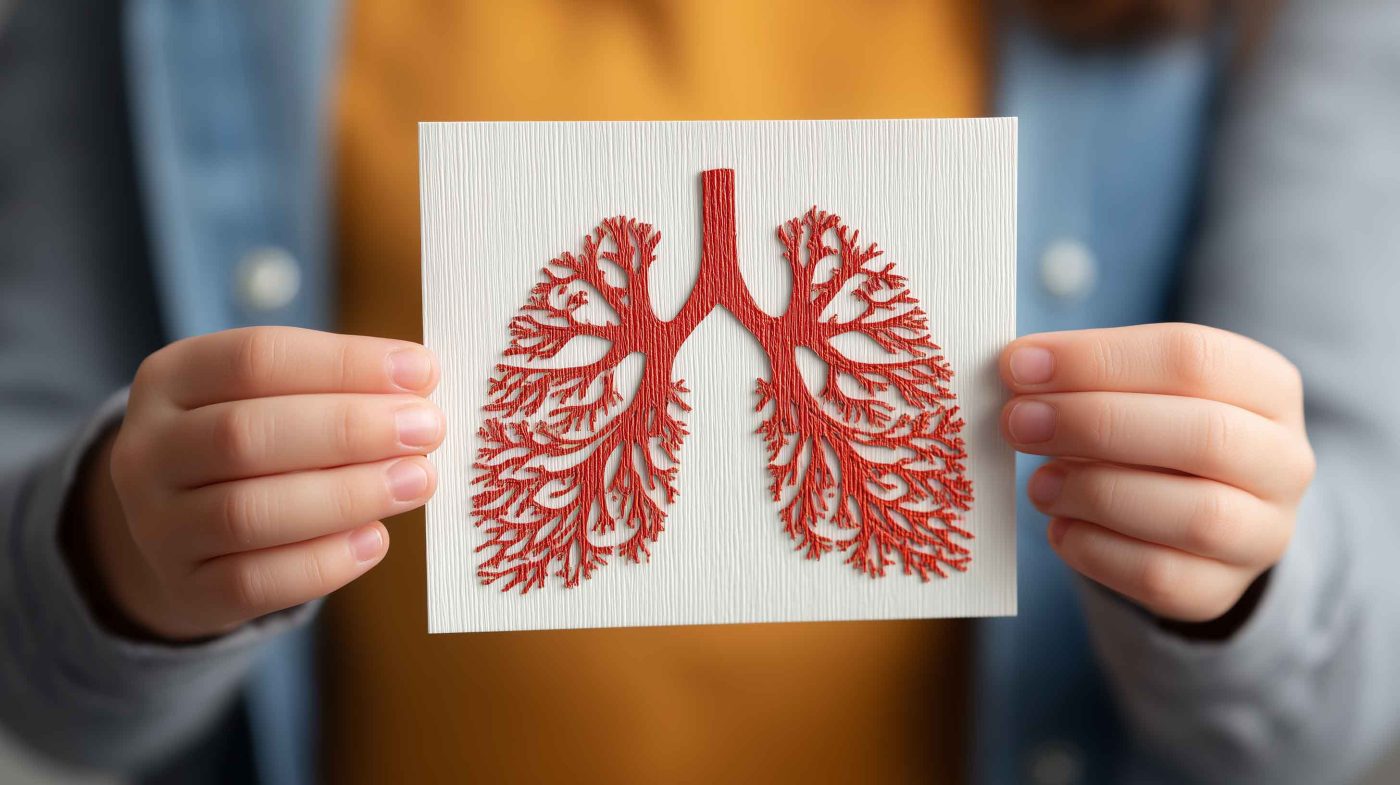When everyone knows exactly what to do, asthma gets safer and less scary. Use this quick guide to understand the Green, Yellow, and Red Zones, when to call the doctor, and how to reduce triggers at home, school, and care settings. Personalize these steps with your clinician and keep a copy anywhere the person with asthma spends time.
How to Set Up Your Personal Plan
- List key contacts: Primary doctor, after-hours line, nearest Emergency Department.
- Write down medications: Daily controller(s), rescue/quick-relief inhaler or nebulizer, and any oral steroid instructions.
- Peak flow (if used): Record your “personal best” and write the cutoffs for each zone on the plan.
- Before exercise: Note if you should take 2–4 puffs of your quick-relief inhaler about 5 minutes before activity (per your clinician).
The Three Zones
✅ Green Zone — “Doing Well”
How you feel
- No cough, wheeze, chest tightness, or shortness of breath (day or night)
- Normal activities without symptoms
- If using peak flow: ≥80% of personal best
What to do
- Take daily controller medicine exactly as prescribed.
- Use pre-exercise puffs if ordered.
- Keep monitoring symptoms and refill inhalers before they run low.
⚠️ Yellow Zone — “Asthma Is Getting Worse”
How you feel
- Cough, wheeze, chest tightness, or shortness of breath
- Waking at night from symptoms
- Can do some but not all usual activities
- If using peak flow: 50–79% of personal best
What to do (common plan structure—confirm your exact orders)
- Add your quick-relief medicine (inhaler or nebulizer) and continue your Green-Zone medicine. You may be told to repeat the quick-relief dose at set intervals up to a maximum number of times.
- Recheck in ~1 hour.
- If back in Green: keep monitoring.
- If not back in Green: you may be told to repeat quick-relief and start an oral steroid for 3–10 days.
- Call your doctor as directed (some plans say “before starting steroids” or “within X hours after the first dose”).
🚨 Red Zone — “Medical Alert”
How you feel
- Very short of breath; rescue medicine hasn’t helped
- Unable to do usual activities
- Symptoms worsen after 24 hours in Yellow
- If using peak flow: <50% of personal best
What to do (follow your written orders)
- Take quick-relief medicine immediately (inhaler or nebulizer).
- Take the oral steroid dose if included in your plan.
- Call your doctor now.
- Go to the hospital or call emergency services if you’re still in Red after 15 minutes and can’t reach your doctor.
Danger signs—call emergency services now
- Trouble walking or talking due to shortness of breath
- Blue lips or fingernails
Trigger Control: Make Home & Care Spaces Safer
Allergens
- Dust mites: Use zippered mattress & pillow encasements and a HEPA-filter vacuum; reduce indoor humidity to <60% with AC or dehumidifier.
- Cockroaches & rodents: Seal food/garbage; use integrated pest management (baits, traps, boric acid); avoid staying in rooms right after spray use.
- Animal dander: If sensitive, keep pets outdoors when possible or limit them to certain rooms.
- Indoor mold: Consider professional removal; if cleaning yourself, wear gloves and ventilate, especially if using cleaners with strong fumes.
- Pollen & outdoor mold: During high counts, keep windows closed and, if possible, stay indoors late morning to afternoon. After being outside, change clothes and place them in a covered hamper. Ask your clinician whether to start/adjust anti-inflammatory medicine before allergy season.
Irritants & Other Triggers
- Tobacco smoke: Don’t allow smoking in the home or car; ask about quit resources if anyone in the household smokes.
- Smoke, strong odors, sprays: Avoid wood stoves, kerosene heaters, and strong scents (perfume, hairspray, paint). Vent gas stoves to the outside.
- Vacuuming: If sensitive, have someone else vacuum and stay out during/after. If you vacuum, a HEPA vacuum may help.
- Foods & meds: If sulfites (beer/wine, dried fruit, processed potatoes, shrimp) trigger symptoms, avoid them. Tell your clinician about all medicines and supplements; ask about non-selective beta-blockers (including some eye drops).
- Cold air: Cover nose and mouth with a scarf on cold/windy days.
Quick Checklist for Families & Care Teams
- ☑️ Printed action plan posted on the fridge/clinic wall and saved on the phone
- ☑️ Up-to-date doctor & emergency numbers
- ☑️ Best peak flow and zone cutoffs written on the plan (if used)
- ☑️ Daily controller and rescue inhalers/nebulizer with spacers, labeled and not expired
- ☑️ Instructions for pre-exercise puffs
- ☑️ Oral steroid instructions (if prescribed)
- ☑️ A simple trigger-reduction checklist for home/classroom/clinic
When to Seek Help
- Call your doctor for any Yellow-Zone episode that doesn’t quickly return to Green or if you needed to start oral steroids.
- Call emergency services for Red-Zone symptoms that don’t improve after 15 minutes, or if danger signs (blue lips, trouble talking/walking) appear.
Sources
Adapted from the Asthma Action Plan (NHLBI, updated February 2021). Asthma-Action-Plan-2020_rev_508
Disclaimer
This article is for education only and doesn’t replace medical advice. Always follow your clinician-signed asthma action plan and local emergency guidance.
- The HOPE Note: Transforming Primary Care with Integrative Health
- Essential Guide to LGBT Caregiving: Challenges, Steps & Resources
- Carrying on a Legacy of Love: The “Bread Run” with Sister Joyce and The Crew
- Stop the Bite: Bedbug Detection, Prevention, and Treatment
- Common Warning Signs of Mental Health: A Guide for Families and Caregivers


